Estimated reading time 11 minutes, 44 seconds.
The days of the Toronto Bay Street banker jetting to New York for a Wall Street lunch are done.
Short-haul business travel was dealt a hard blow by Covid-19, and airline industry analyst Robert Kokonis isn’t sure it’s going to come back.
“Things have changed and we’re in a post-pandemic transition,” said Kokonis, who is president of Ontario-based aviation consulting firm AirTrav Inc.
“The new normal is what we’re looking at today. Previously popular city pairs across Canada are still seeing double-digit negative performance, like Toronto-Montreal, Toronto-Ottawa, Calgary-Edmonton and short-haul transborder. But on the flip side, transcontinental, sun destinations, north Atlantic, and other long-haul routes are doing very well. The leisure aspect is really powering through.”
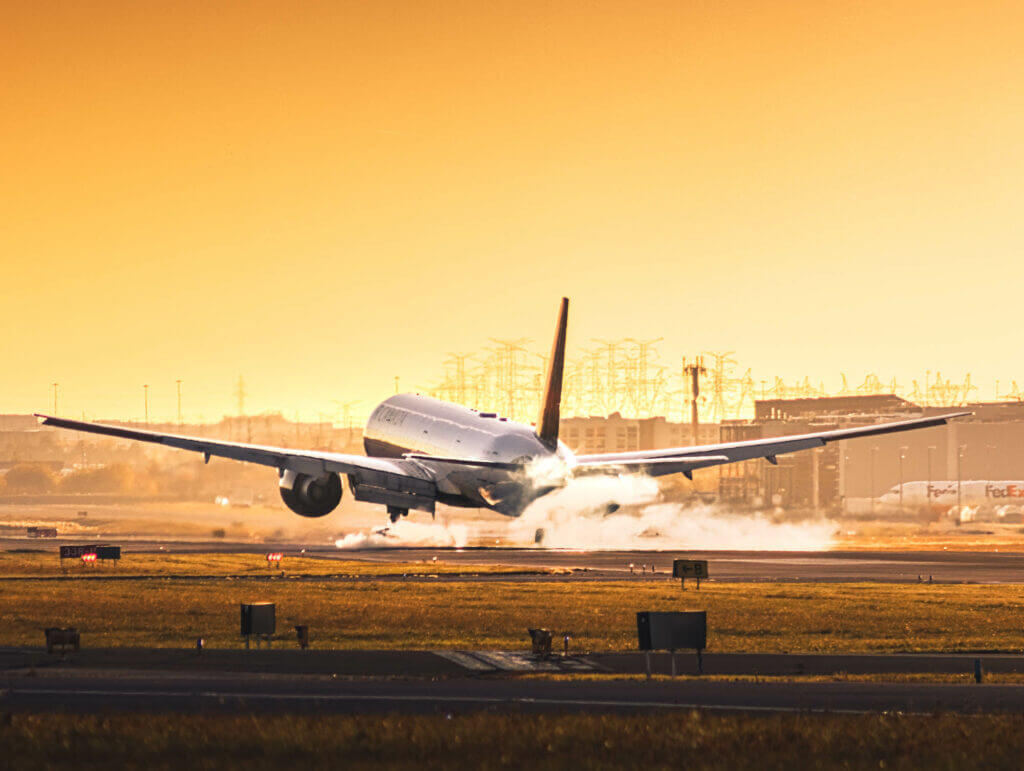
Airline seats across Canada are being filled by people with a pent-up zest for travel, following a global pandemic period that saw them confined to their homes. For now, anyway, demand is red hot – but still unpredictable.
Kokonis explained that in the past, airlines could foretell their loads fairly accurately based on prior performance.
“But that’s been chucked out the window,” he reflected. “Will things settle down in a couple of years? I think they will, because I don’t think this heavy demand will be able to continue. The consumer’s travel savings account is not an infinite resource.”
That’s why Kokonis advises airlines to “grab the yield while you can, but beware of alienating consumers who can’t afford ticket prices in this marketplace. All of these trends are changing, from a business perspective.”
Shifting marketplace
Since Covid-19 ravaged the air travel industry, Canadian commercial aviation has seen a host of amalgamations, new partnerships and re-brandings. With the picture on the tarmac changing so rapidly, Skies asked Kokonis to make a few predictions for the Canadian airline industry.
Air Canada
“From a loyalty side they’ve been hitting home runs,” reflected the analyst. “And getting the Emirates fully reciprocal codesharing and loyalty deal (last November) is huge, along with deepening the transborder relationship with United Airlines and an expansion of new European routes. Aeroplan has brought some strong non-air partnerships into play, such as Starbucks, LCBO and Uber. That’s about getting engagement from non-aviation members of Aeroplan.
“So Air Canada is doing well, but there are some questions about how long Rouge will keep going, especially when Swoop is being integrated into mainline WestJet, as well as Sunwing Airlines. If they folded Rouge into the mainline, they could be done with the complexity of a separate OC (operating certificate).”
WestJet
“WestJet has a big western pivot,” said Kokonis. “The old adage is ‘compete where you can win.’ WestJet took a run at the central Eastern part of Canada for a long time and it was hard to crack. It required a frequency commitment… did that make financial sense for them? Now, they’ve withdrawn from high frequency routes in the East, but they are flying more transcontinental routes than last year and they have expanded their Western Canada flying. The company’s aircraft order book remains strong.”
Kokonis said WestJet seems to be looking back at its low-cost carrier (LCC) roots and its original business model. “I’ve heard they will be densifying their Boeing 737 Max 8s and (future) Max 10s, adding another row of seats. It makes sense if you don’t have Swoop any more,” he commented. “And Sunwing Vacations is not disappearing. They will still be a robust player in the packaged vacation market.”
Air Transat
Kokonis said he feels bullish about Air Transat, with the last couple of financial quarters showing movement in the right direction from a yield standpoint. With sales looking strong into the winter, Air Transat is evolving away from being a vertically-integrated travel company.
“I think their new direction is hinged on the fleet and minimizing the A330s, using them only for the highest density demand routes – those A321-LR neos are everything,” he said. “It’s a great aircraft. When they bring longer-range A321-XLRs in, it could be a deal changer for even further routes. That is, the neos are a very flexible aircraft that can be deployed almost anywhere.
“Someone asked me if I see Air Canada taking another run at (acquiring) Transat, but I think they’re both focused on their own unique strategies. If Air Canada were to go after them again, Cabinet would still impose stringent terms and conditions on the deal. The European Commission came in and were going to impose tough conditions, too. I don’t see that changing.”
Porter Airlines
Porter Airlines is well positioned to pick up the slack WestJet has pulled back from in Eastern Canada, noted Kokonis, especially with their expansion to Pearson airport and their acquisition of a fleet of Embraer E195-E2 jets.
“I think they are experiencing operational teething at a number of airports right now, but their on-board product is first rate – meals, snacks, and WiFi,” he said. “You can use the free WiFi on board if you sign in with a Porter frequent flyer number. Offering stable and fast WiFi is good. Onboarding upwards of two aircraft per month does carry some risk, and load factors haven’t been massive yet. They have done a good job building brand presence in Vancouver and the loads out of Halifax and Vancouver are quite good, too.”
The ULCCs – Flair, Lynx, Canada Jetlines
While Kokonis believes Canada needs a vibrant ultra-low-cost carrier (ULCC) sector, he concedes it’s not an easy proposition.
“Compared to the continental U.S. and Europe, we don’t have the population density and it is spread out,” he said. “That does make running a ULCC difficult in the shoulder months between summer and sun season. Part of the challenge is we travel differently: Canadians are hooked on package vacations. In Europe, they find the cheapest fare they can find and jet off for the weekend. When they get there, they figure out the rest. We’re not there yet.”
He thinks Flair and Lynx will compete head-on while WestJet will still be “uber aggressive” on head-to-head routes at similar times.
“Would it make sense to have a single ULCC with Swoop gone? Probably it does. I think integration is likely at some point.”
Canada Jetlines, meanwhile, is not a pure-play ULCC. The airline is focused on supporting tour operators, such as its recently announced agreement to provide weekly service from Toronto to Guyana on behalf of Caribbean airline FlyAllways
“I think Canada Jetlines will leave it to Flair and Lynx to compete in the pure-play ULCC market, while it remains the opportunistic lower-cost carrier,” predicted Kokonis.
Too much capacity
At the end of the day, Kokonis said there is too much capacity in the domestic market this summer, and this excess will be carried forward into the winter.
“One of the additional challenges for the discounters competing with Air Canada – Toronto to Vancouver, for example – is that this summer, out of 13 daily departures in each direction, seven are widebodies. Air Canada can drop the prices on those to compete with the discount carriers. With Air Canada and WestJet using the bottom end of their pricing spectrum to compete, it is taking some yield away from Flair and Lynx.”
With lacklustre yields across the board domestically, it will come down to who has the deeper pockets to sustain operations.
Kokonis believes a ULCC can make it work in Canada, but he doesn’t know if there is space for two or three. “Whoever does survive, it’s back to airline economics 101,” he said. “It will be about capacity discipline, strategic destinations, and extracting more money from ancillary fees. Everyone needs to do a better job at figuring out how to monetize the ancillary services. At the end of the day, it’s about keeping your airline passenger on your website, directing them to your accommodation and ground transportation partners, etc., and making commissions off those sales.”



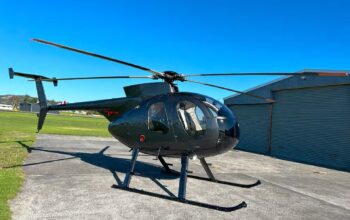
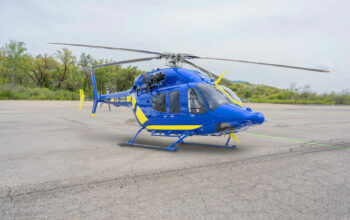
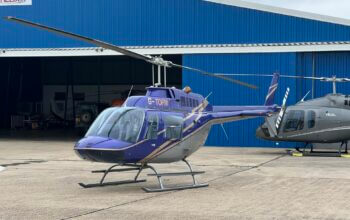
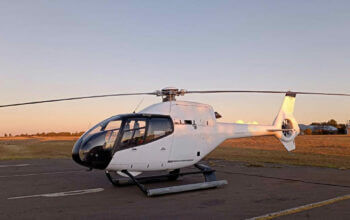


Problem is, domestic travel costs in Canada are very high, so local tourism is unenticing vs international.
Analyst Robert Kokonis has spoken Right on the Ball. Transport Canada should pay attention. How many other Ulcc airlines can a population of under 50 million can survive profitably? An airport in Pickering was and is viable for future next 50 years. NavCanada &Airlanding slots need improvement..
The smaller routes should be left to ViaRail.Calgary-Edmonton, Montreal-Ottawa-Toronto
AirCanada should merge Rouge and Westjet should merge Sunwing. Now they should drop The NewYork flts to codeShare & build the the West Canadian Routes. Otherwise, they will go down as CP air & Greyhound,.Wardair, Nationair, Oddesy & Skyservice.Lynx & Flair will survive & Jetliners is doing fine in sub-Lease & Charters. That leaves with Porter and watch this carrier give A run to AirCanada & Westjet One will have to go with 100 jets coming. AiTransat is doing fine provided they don’t slip in Vacation travel or else AirCanada will take it under their umbrella.Now there are already charter operators in the play already in Quebec & Ontario.